
Articles
Higher Education
Teaching Astronomy with VR: Trials and Tribulations
By Henry Kronk
January 04, 2020
Virtual reality presents educators numerous potential advantages. But for the average professor, using it in class presents some challenges and drawbacks as well. In a recent presentation published on arxiv.org, a group of California educators describe their efforts to incorporate VR into an introductory astronomy class.
For Philip Blanco, Gur Windmiller, Sean Hauze, and William Welsh of San Diego State University, VR presented a way to help students visualize and understand concepts that can be difficult to grasp concretely.
Using Universe Sandbox 2 VR authoring software, they devised an environment to depict the topic of moon phases and eclipses for an introductory astronomy course.
Using VR to ‘Play’ with Astronomy
They write, “An appealing aspect of VR is the possibility of unstructured “play” learning. Students can move around the virtual environment and take part in unscripted con- structivist discovery, with immediate feedback for “What if…?” questions. This models the scientific method in addition to providing memorable experiences, which can be drawn upon when the student is tested.”
But a list of cons accompanied these pros. The professors worried that too much time would be spent for students to figure out how to use and apply the VR environment. There was also the possibility that students would be distracted by the technology and fail to learn as effectively. And maybe if students managed to grasp using VR in a timely manner, it might still prove less effective than traditional learning means.
“A final concern to be addressed is how to effectively assess whether tasks were completed, and learning occurred, in the VR environment,” they write. “For example, is it fair to give a multiple-choice test in “flat-land”, when a student has demonstrated their spatial and temporal understanding in a 3-d immersive environment?”
To test out whether their VR environment would work, the professors split their class into three test groups: one VR and two test groups. Of the two test groups, one was taught via a traditional lecture and the other was instructed using a physical foam ball exercise.
They tested the students before and after the moon phase and eclipse unit. In terms of post-exercise quiz scores, the VR group performed better than the foam ball learners and just slightly worse than the traditional lecture group.
Preliminary Results
In that regard, the professors considered their VR environment a success. At the very least, it allowed them to give students some of the benefits the technology affords without sacrificing quality of instruction.
They also took a closer look at the data and split each test group into two further groups: below and above median course grade. The learners below the median in the VR test group improved their scores by roughly 1.5 points on the experiment post test compared to the initial assessment. This was similar for the lecture control group for both levels. But the above-median students in the VR group improved their scores by over 2.5 points on average, indicating that technology has more potential for some learners compared to others.
But these results did not come without a cost. Designing the environment took a huge amount of their time.
“A major limitation is the time needed to develop these VR scenarios, even before writing a “scripted” lesson plan,” the authors write. “We anticipate that these tasks will become easier as user-friendly software for creating virtual scenarios is developed.”
For a TL;DR: While implementing VR in any classroom has huge potential, it is also much easier said than done.
Featured Image: Greg Rakozy, Unsplash.


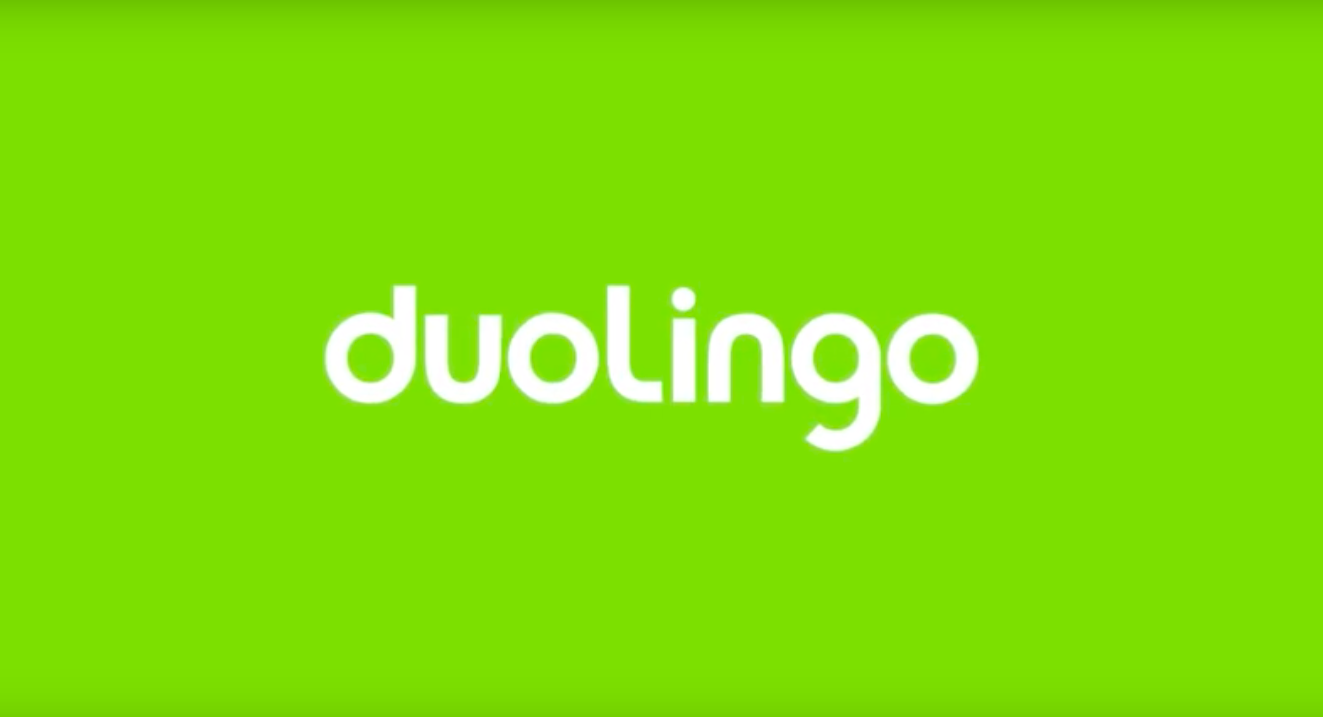
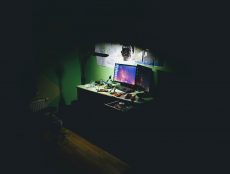
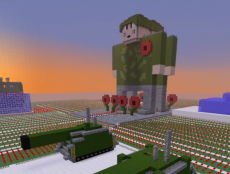
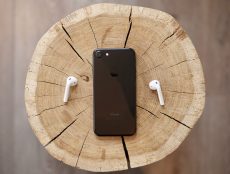
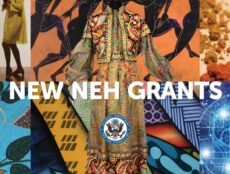
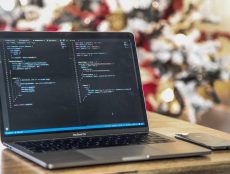

[…] low-code movement is as old as the term “computer programming.” In 1951, Grace Hopper developed the first compiler. It was one of the first movements toward using “less code.” […]